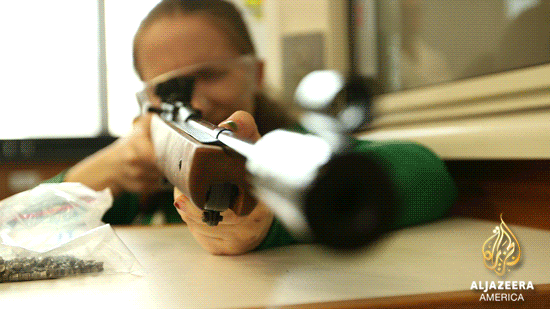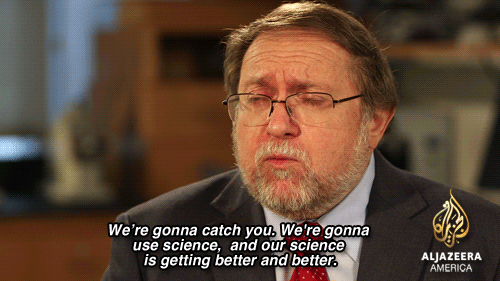3 inventions that can catch you committing a crime
To learn more about innovative crime scene investigation technology for this week’s “TechKnow,” contributor Crystal Dilworth visited John Jay College of Criminal Justice in New York City. Founded as the only liberal arts college in the U.S. with a criminal justice and forensics focus, students and professors at John Jay are developing and working with technological innovations that are the future of forensic investigation.
“This is the place to get educated in the field of criminology,” says “TechKnow” producer Mark Teague. “The college not only trains the crime fighters of the future, but their professors develop technologies and processes which law enforcement agencies will certainly use in the future.”
Here’s a look at some of the technology we got to see up close:
Panoramic 3D cameras
Panoramic 3D cameras are used to photograph the crime scene to capture every detail for further analyses.

By using these cameras to build a 3D model image of the crime scene, researchers can pinpoint and catalogue evidence like blood spatter—and investigators and juries can digitally revisit a crime scene long after the crime has been committed.
“It reminds me of a camera from one of those real estate virtual tours of a home,” producer Mark Teague points out.
High-speed cameras

Digital high-speed cameras shooting around 10,000 frames per second can be used to assess and analyze flight patterns of bullets, as well as their interaction with glass and other substances as they are fired. This information and analysis can be useful in helping to determine who fired first in a shootout.
Human microbiome
Forensic microbiologists can find clues and evidence by analyzing the human microbiome, an aggregate of the microorganisms found on a person’s skin as well as in their nose, mouth, eyes, and gastrointestinal tract. By analyzing the microbiome, investigators can uncover crucial information about where an individual was, what kinds of flora and fauna they interacted with and what they ate.
“It wasn’t that long ago that if you have someone’s DNA, but it didn’t match something in the database, it was a dead end,” says microbiologist and John Jay College professor Nathan Lents. “Nowadays, by probing that DNA, we can actually learn potential information about the person. Once we collect some DNA, there’s no limit to what we can learn.”
John Jay professor Lawrence Kobilinski sums up his optimism about the future of forensics innovation in his message to criminals:



To learn more about John Jay College and innovative crime scene investigation technology, watch “TechKnow,” Sunday 7:30ET/4:30PT
Error
Sorry, your comment was not saved due to a technical problem. Please try again later or using a different browser.